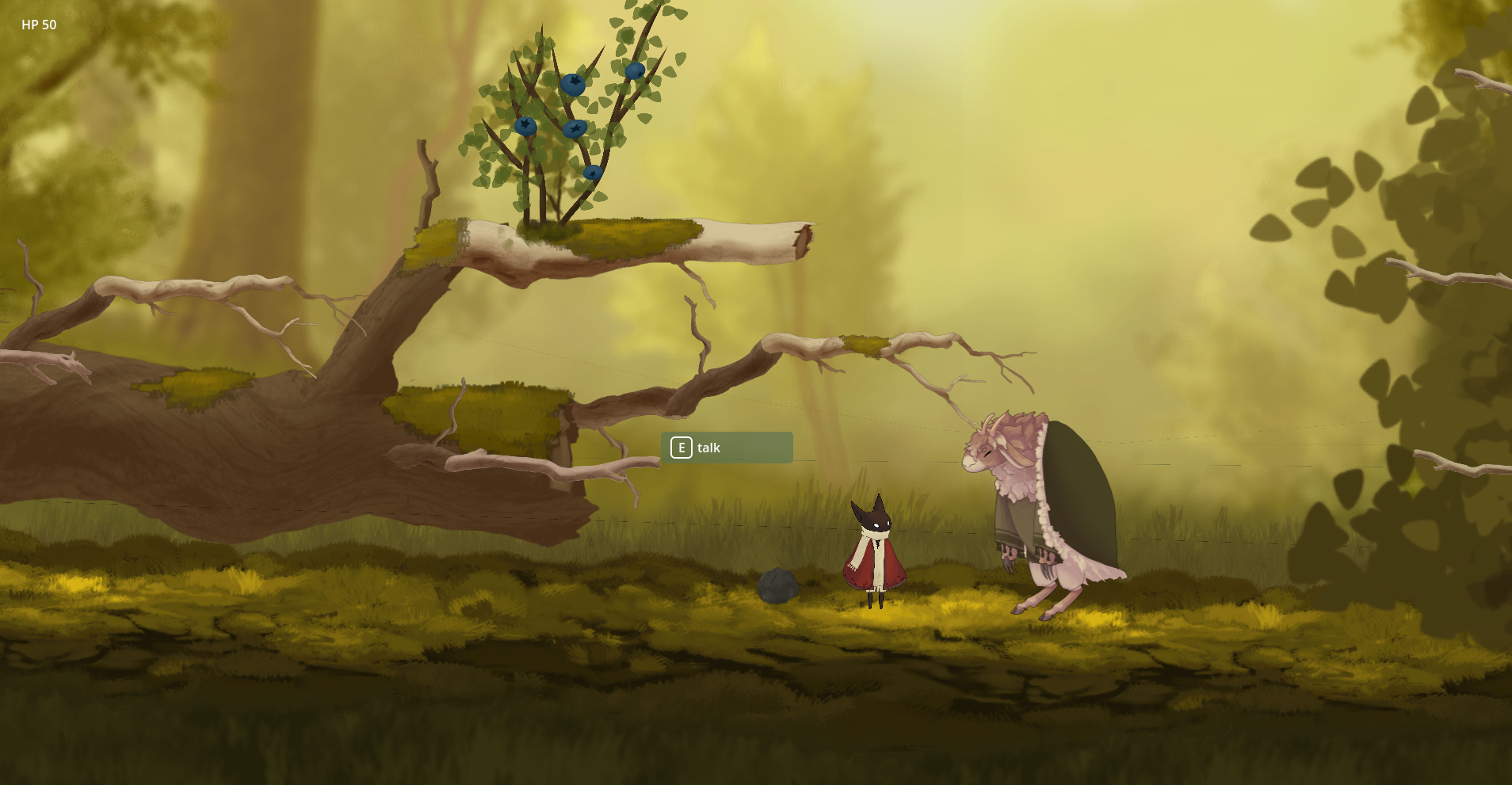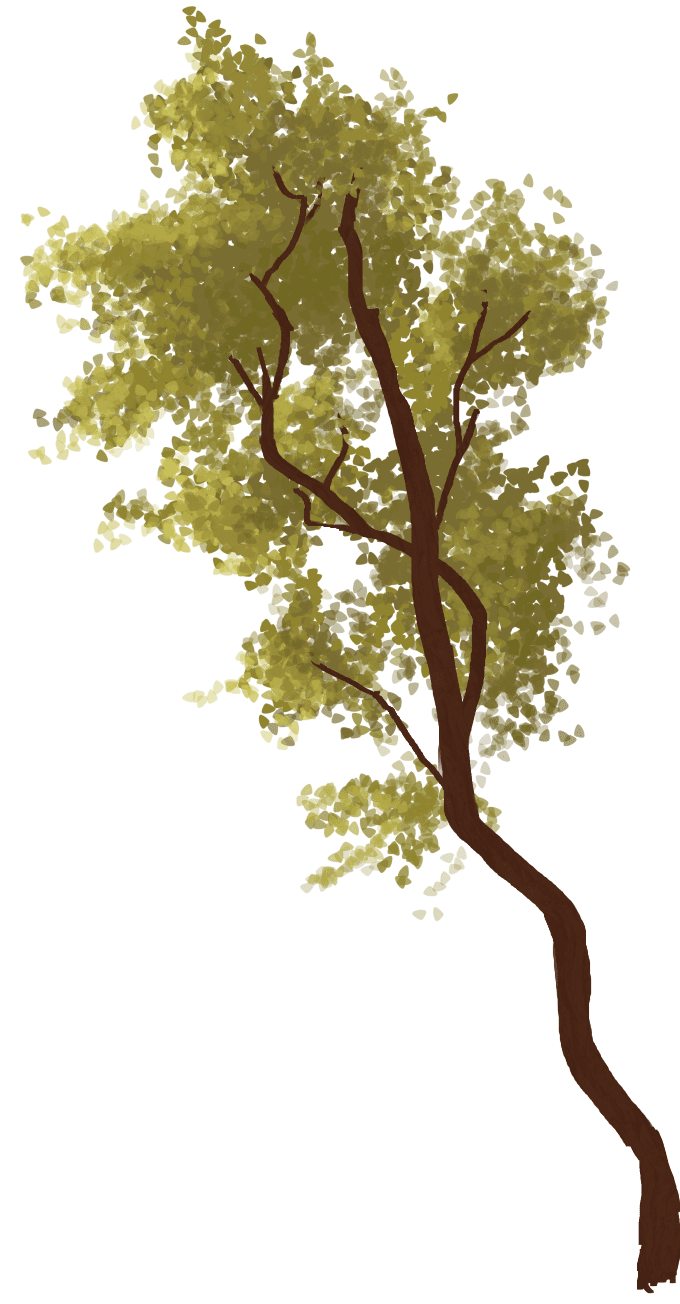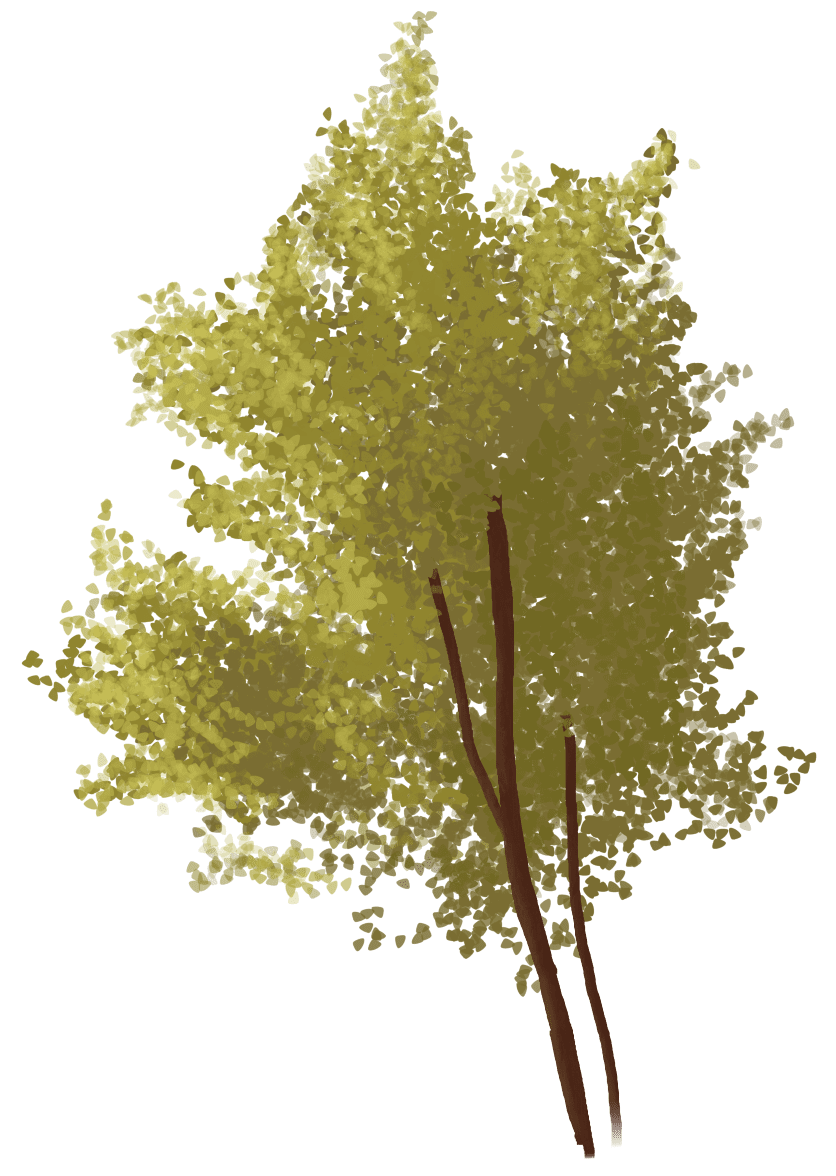
The game was developed in Godot which in hindsight perhaps wasn't the best choice. At least from the art perspective as it doesn't have as many tools for hanlding art assets and creating animations, groundshapes etc.
The team had an agile way of working with two week long sprints. We also divided the work into smaller teams, some working on dialouge and the report, some on the code and then two of us on the art and graphics of the game.
Style and concept skecthes
The first thing we did was to decide on the concept and tha art style we wanted to have. In the end we decided to go for a more cartoony style as it was easier for the both of us to merge our styles together that way.
It was honestly a bit challening working two people on the visual aspects of the game as we both had very differing styles and preferences. We did, howerver, pretty easliy find a middle ground. When considering style and concept we created some moodboards and discussed alot abous the best way to move forward. Below are some of my sketches created during this discussing stage.
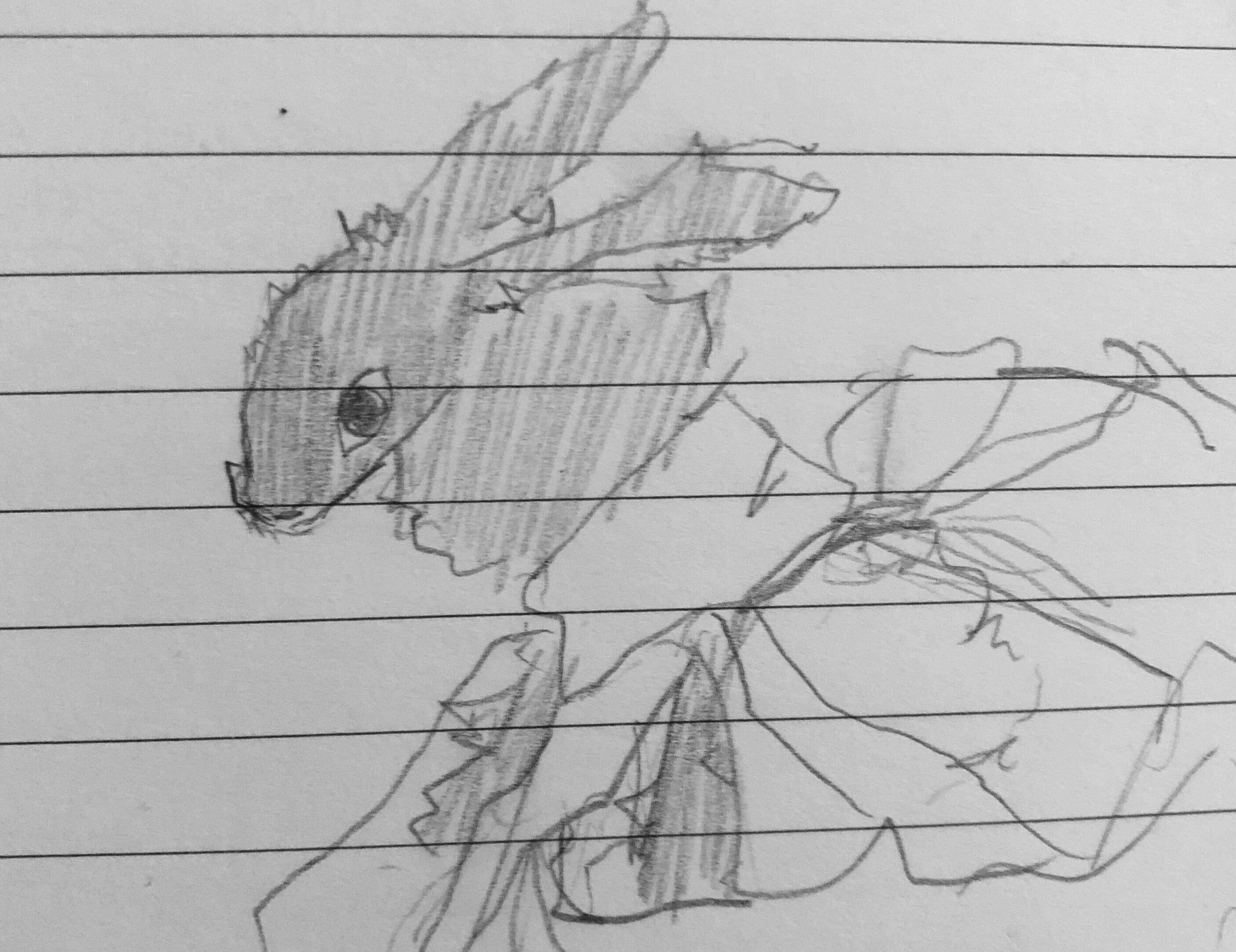
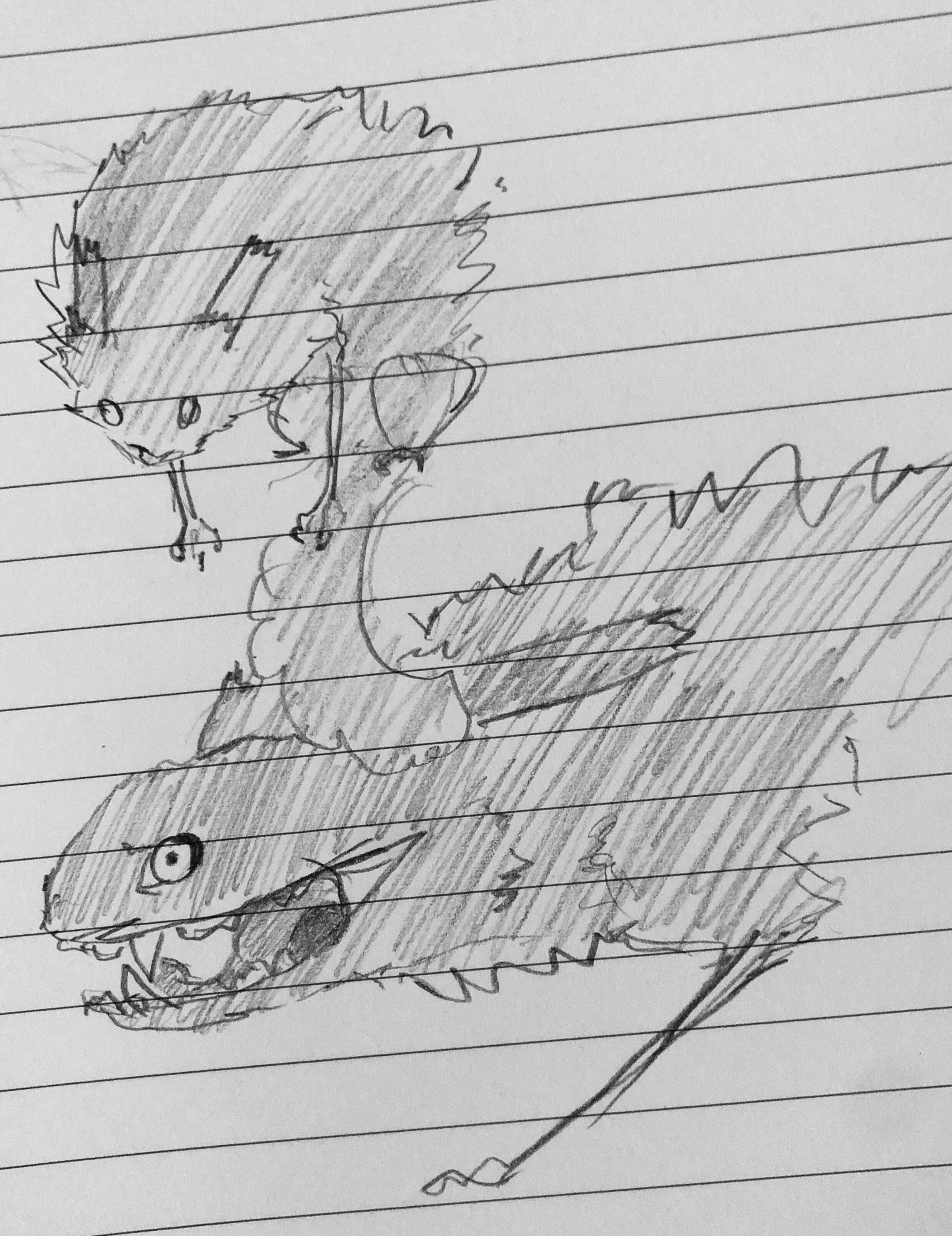
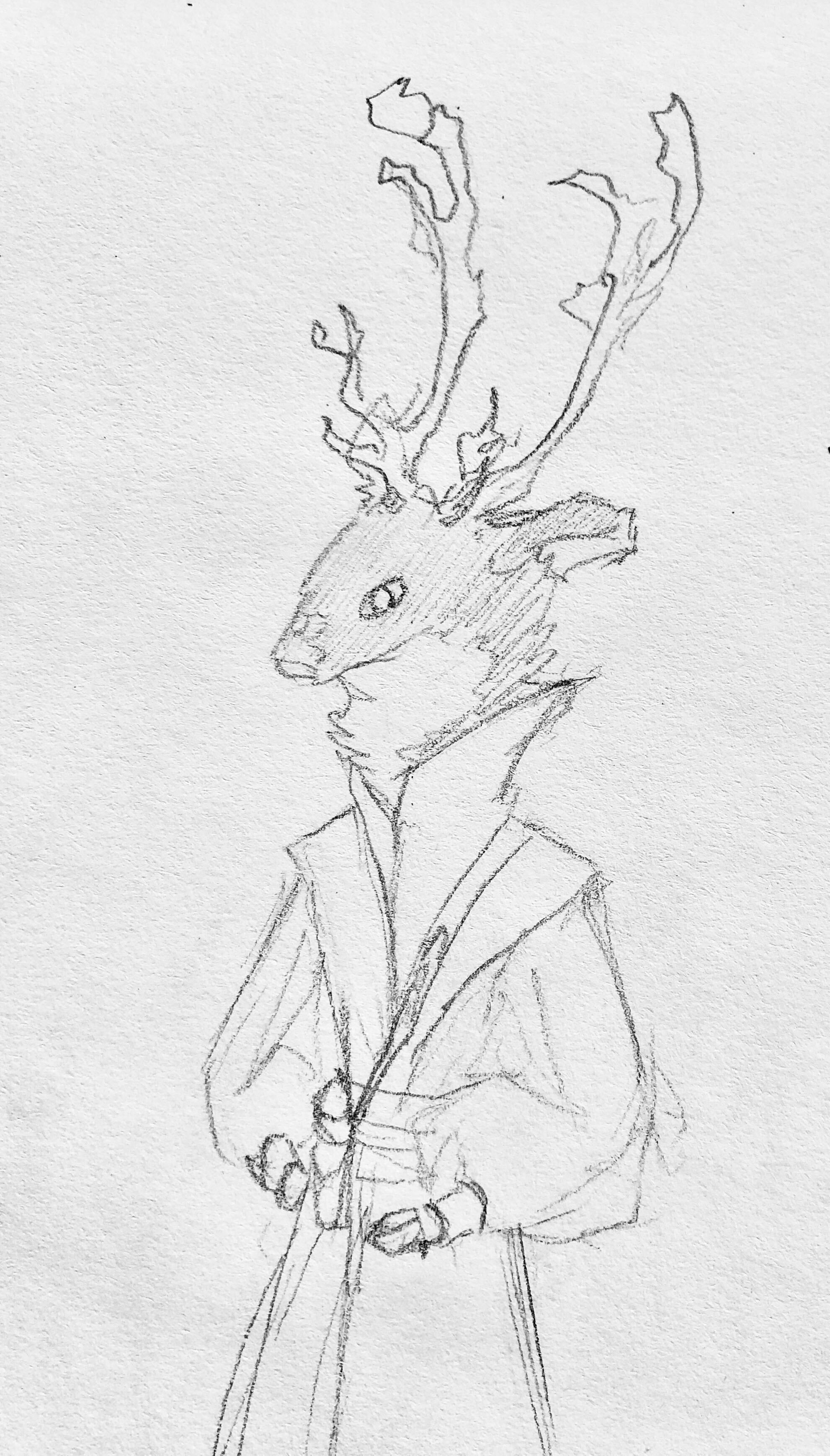
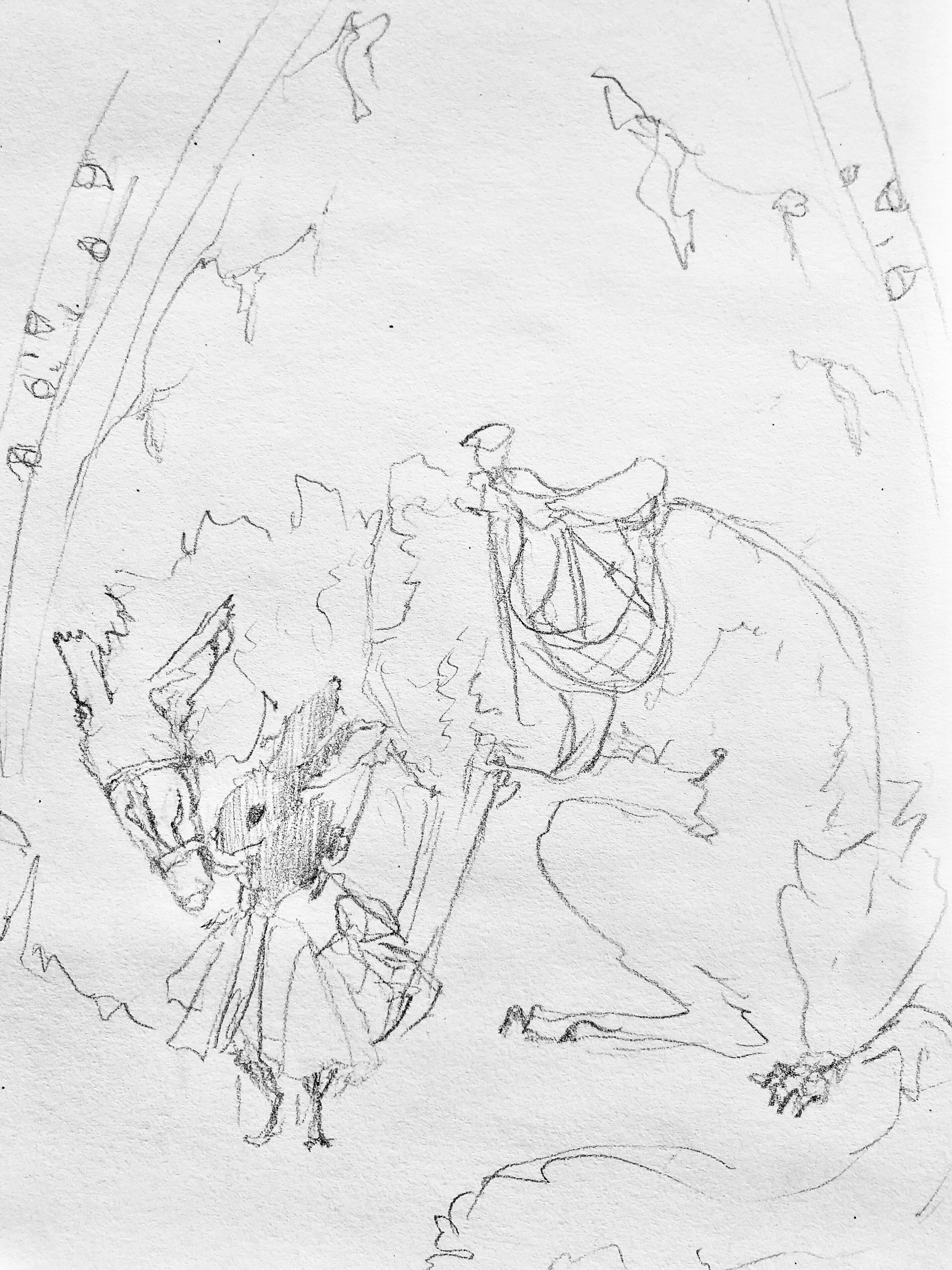
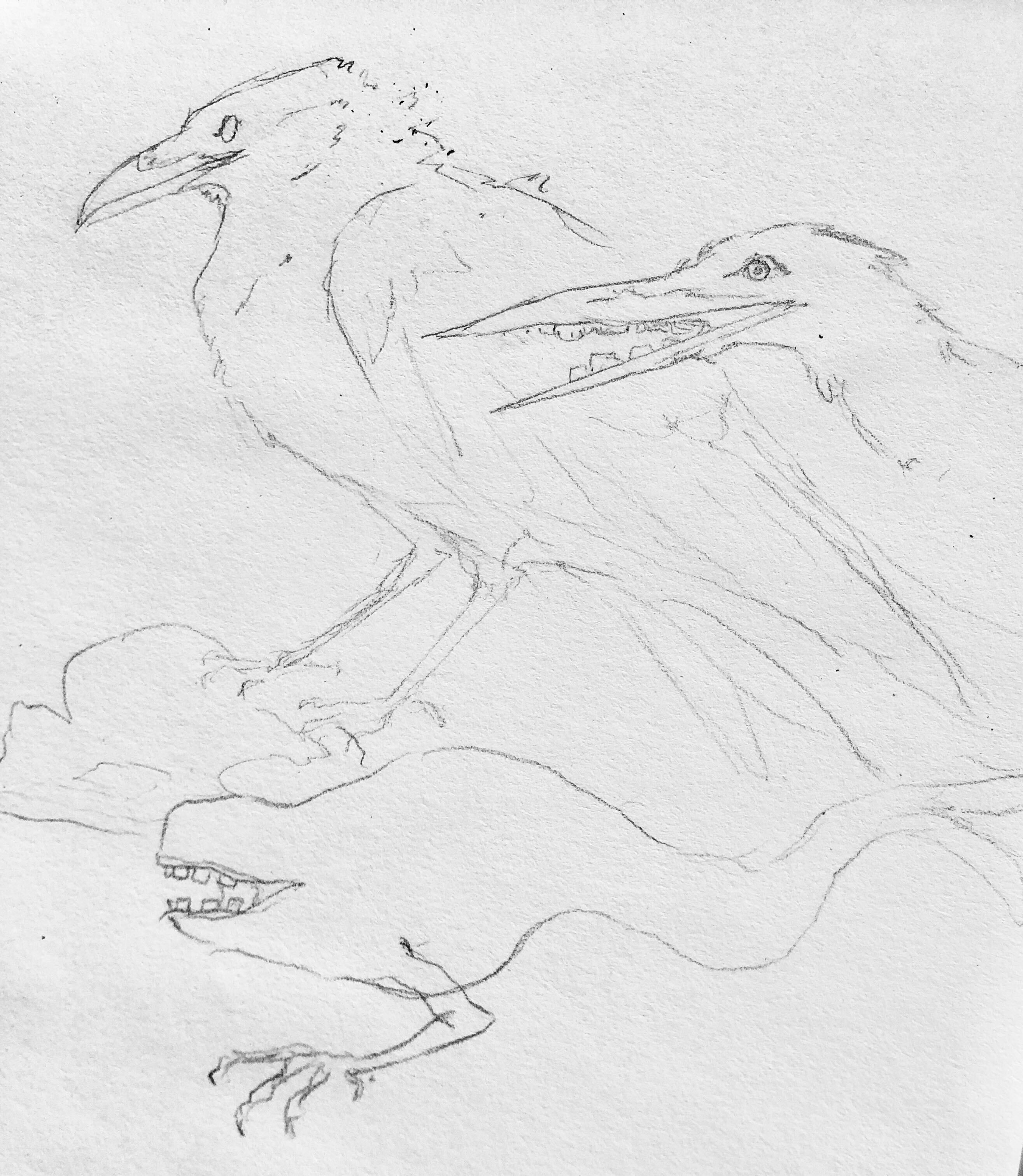
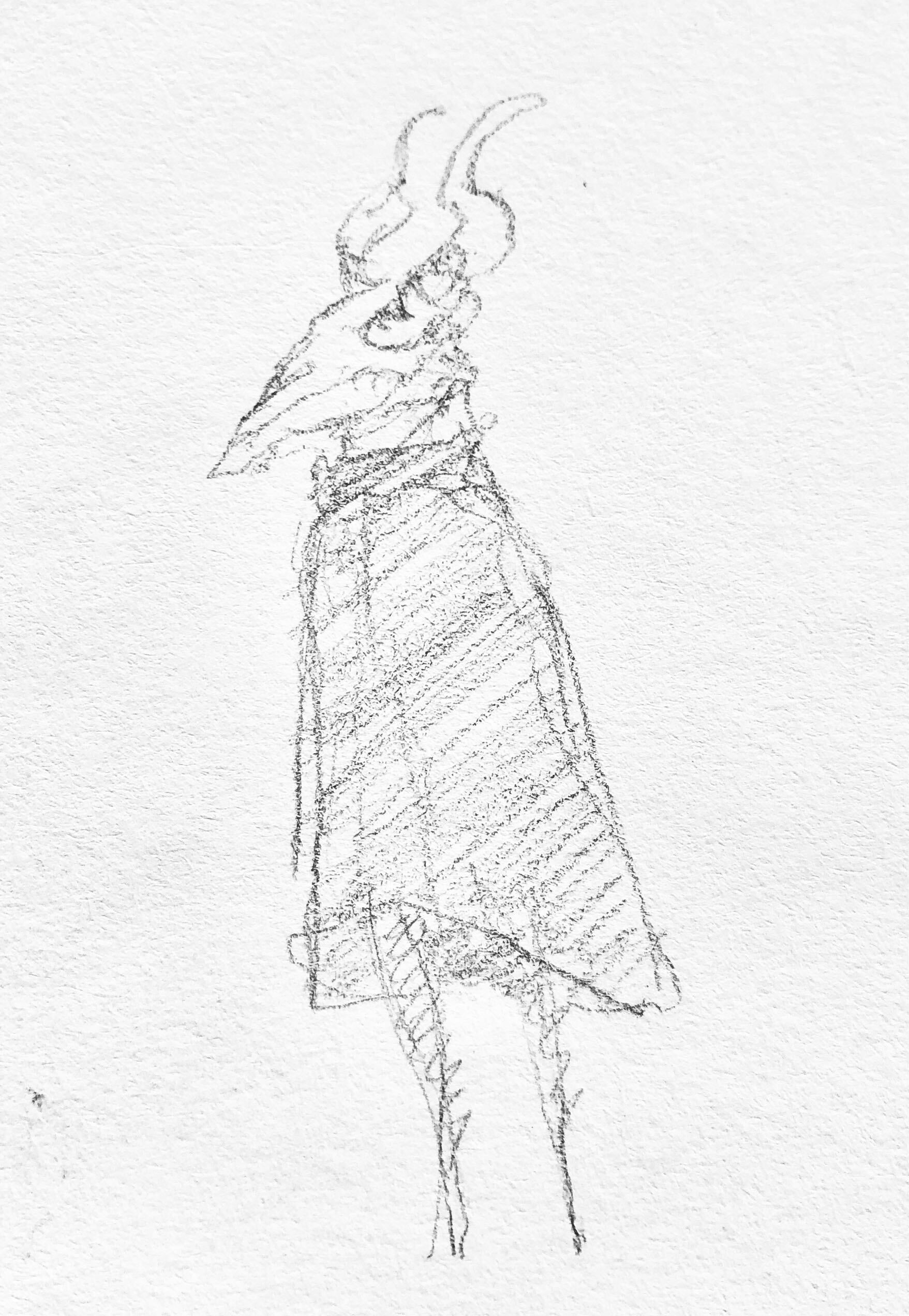

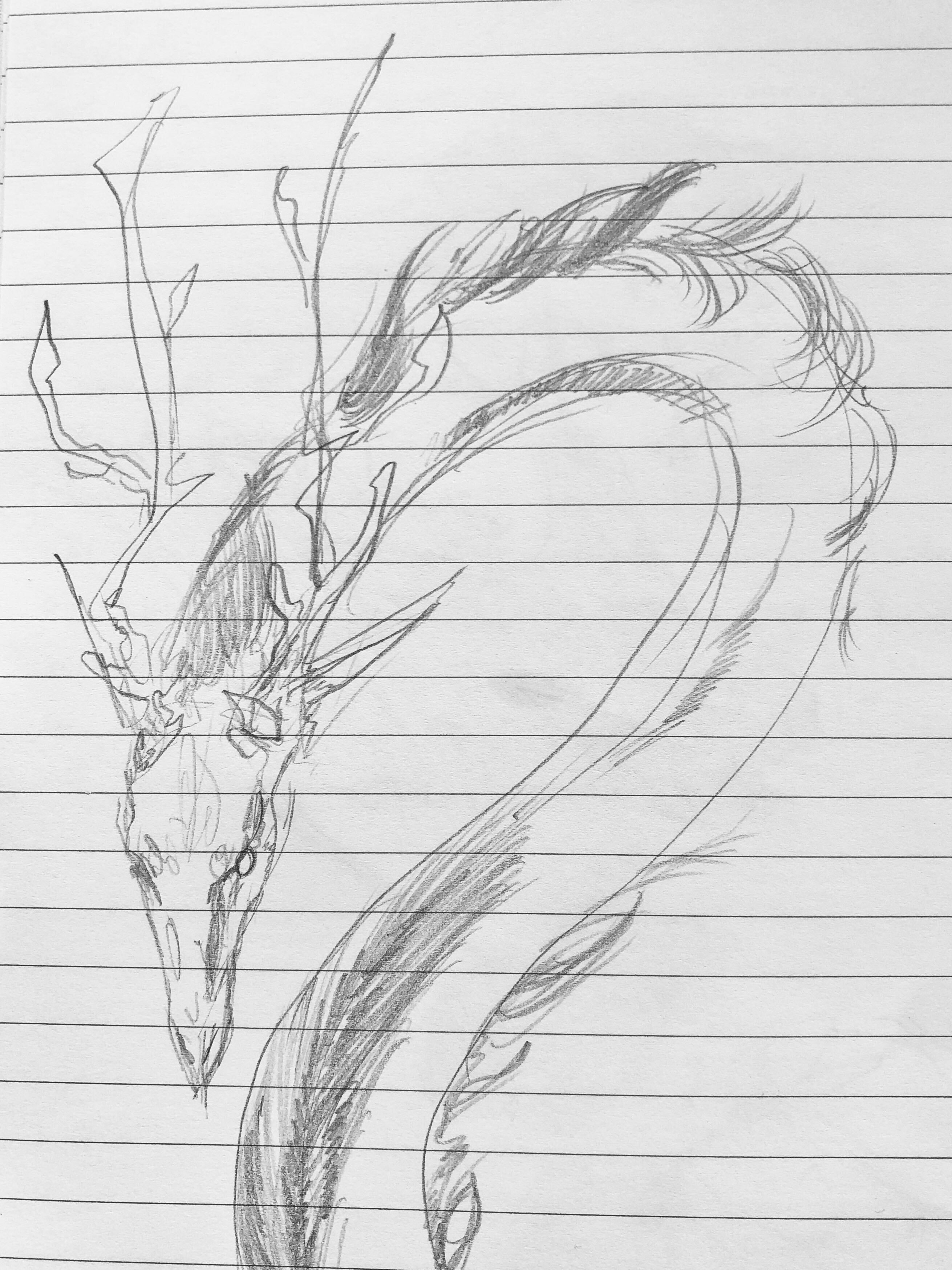
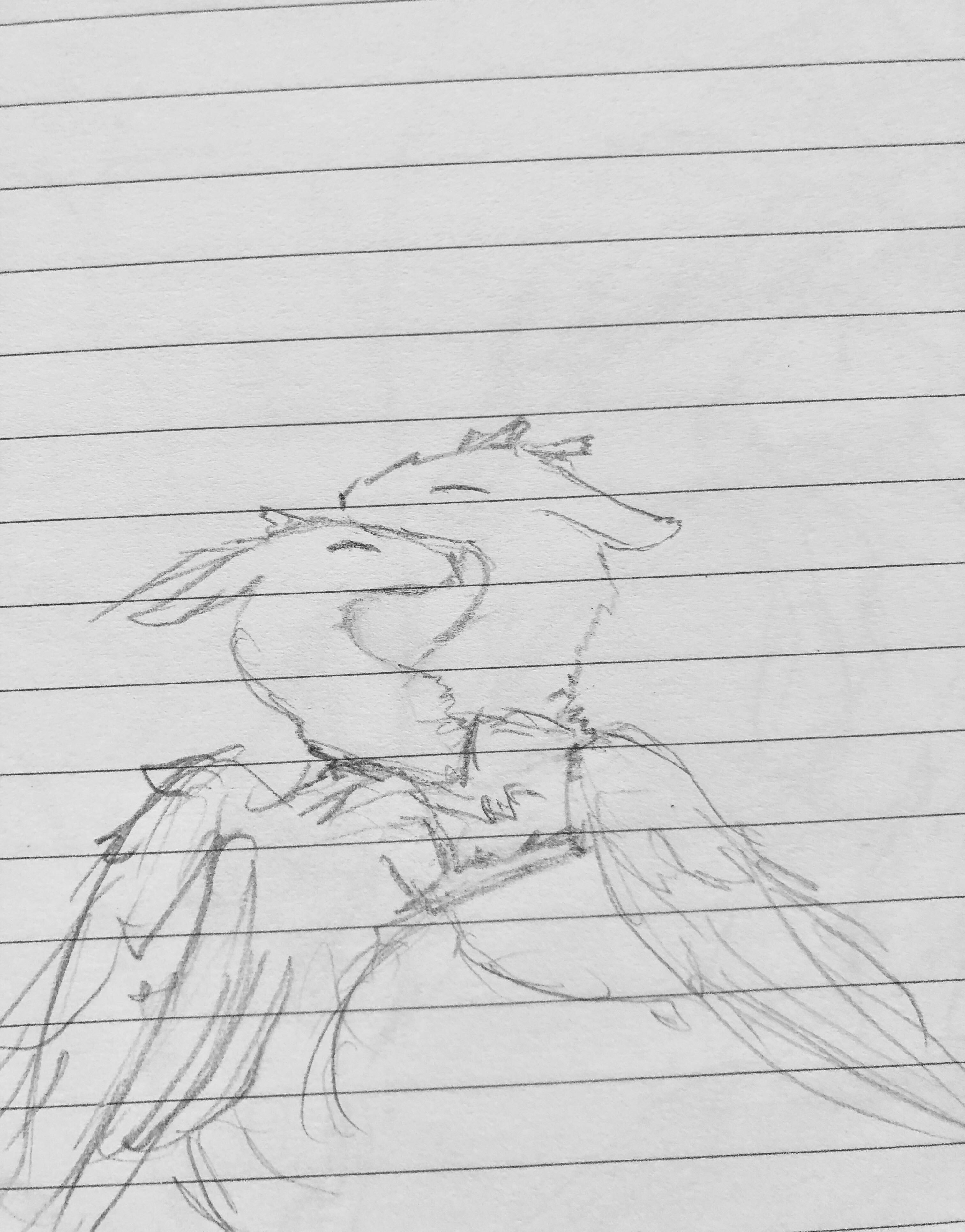
The main character
Since I had the most experience both in drawing and creating games we decided that it would be me that would create the main character. I started the process by creaating a few concept sketches of different designs. We wanted the character to be pretty anonym from the beginning so that it later could gain more character and be equipped with different items and clothing it found or gained during the game.
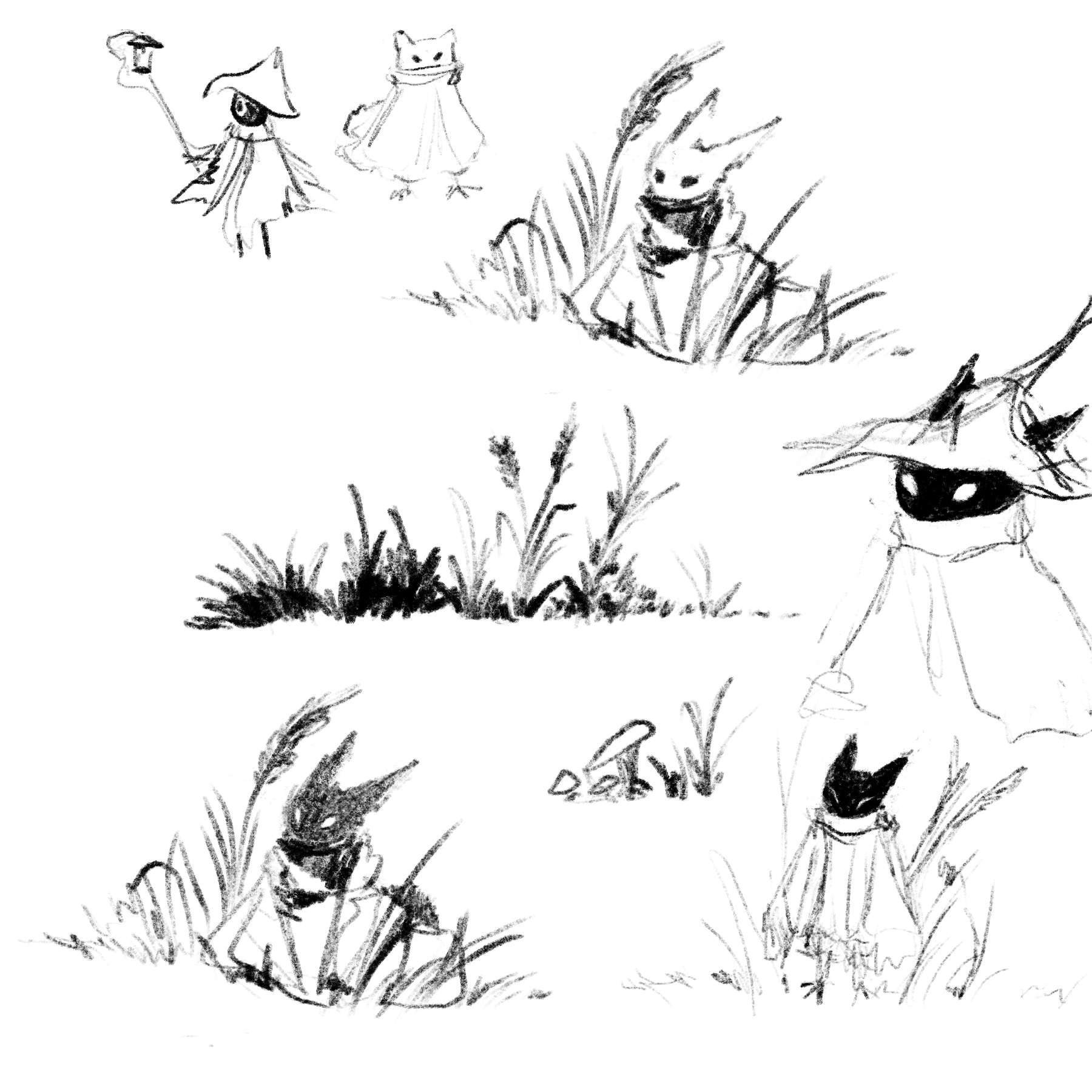
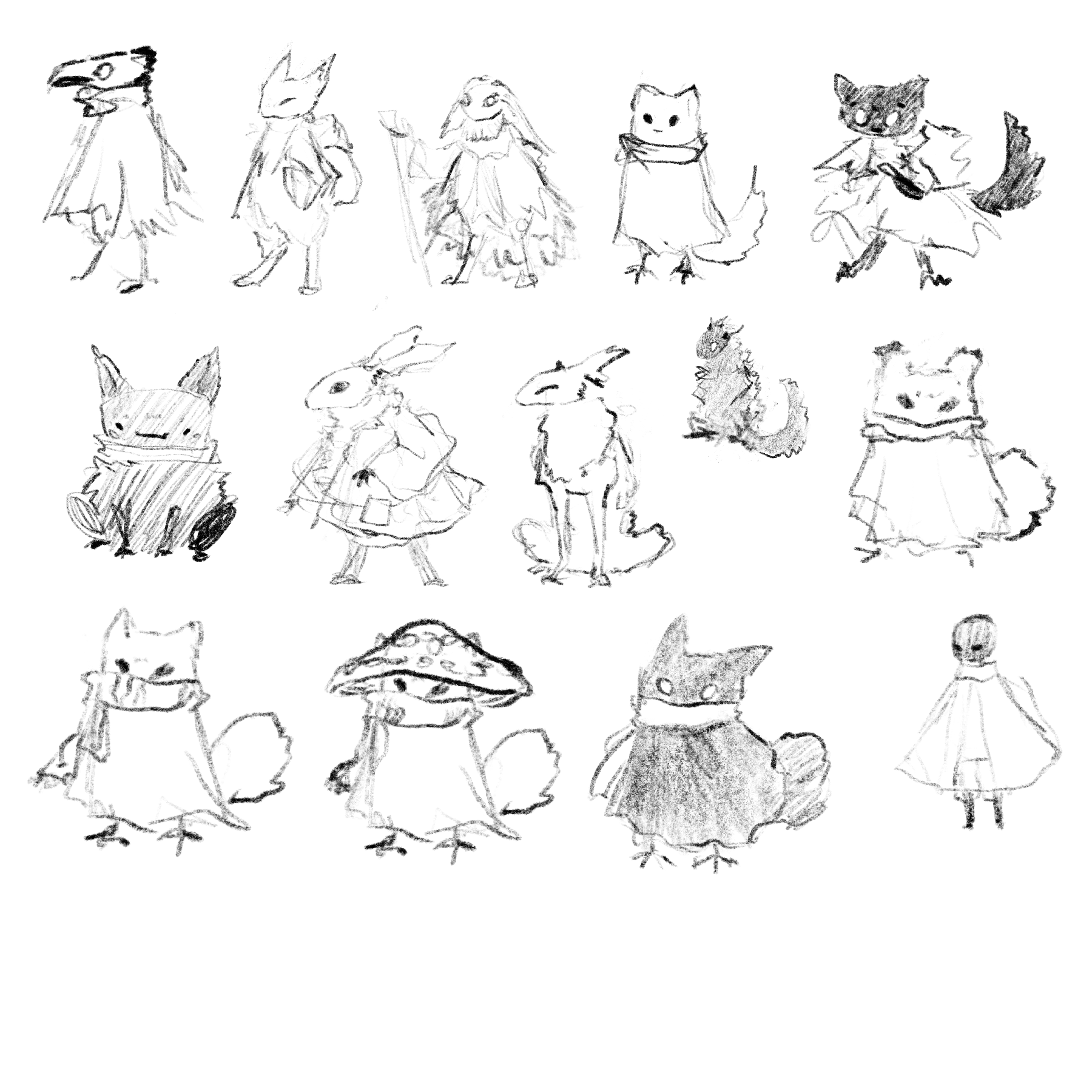
The final design ended up being the one you can see to the right. When drawing the character it was important to separate all the different parts on different layers in order to prepare for the skeletal animation. The animation was done in Spine, a 2D skeletal animmation tool. It was my job to rig the character, add bones, meshes and weights, and my other teammates job to animate all the chracters.

The other characters
The other characters where created in a similar way. First some concept sketches were done before the final art for them was created. These where also rigged and animated before being added to the game
The environment
Creating assets for the environment and putting it all together was also a big part of my job. All the art was created in procreate on my iPad. I created several different trees bushes and plants in different varietes depending on how far back in the background they were supposed to be. For example the trees in the back would have lower contrast and be blurrier than the trees in the front. This, together with a parallax effect helped create a sense of perspective and depth in the game adding to the immersiveness.
